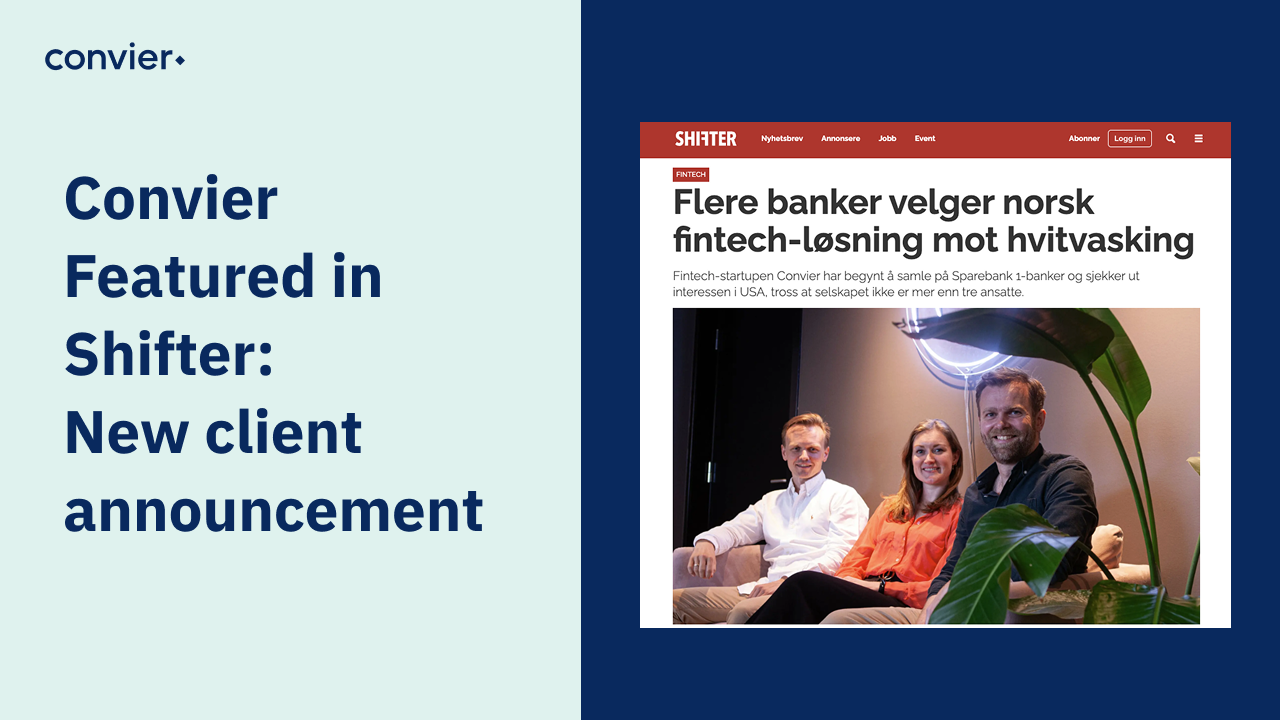Rethinking Periodic Reviews: Embracing Event-Driven Reviews for Enhanced Compliance
Financial institutions are under constant pressure to ensure they meet Anti-Money Laundering (AML) and Know Your Customer (KYC) requirements. One common practice is performing due diligence at onboarding and conducting periodic reviews of customer relationships. However, despite the lack of specific regulatory requirements for periodic reviews in many countries, this approach remains prevalent.
But why do most institutions continue with periodic reviews? And is there a better way to ensure effective compliance?
The Problem with Periodic Reviews
Periodic reviews are a well-established method for maintaining compliance with AML and KYC regulations. They involve systematically reassessing customer profiles at regular intervals—often annually or biannually—to ensure that the information remains accurate and that the customer’s risk profile hasn’t changed.
However, this practice comes with significant downsides:
- Costly and Inefficient: Regularly reviewing every customer account involves considerable resources, including time and personnel. This process can be expensive and time-consuming, especially for large institutions with thousands of customers.
- False Sense of Security: Periodic reviews may create a false sense of control. Just because a customer’s profile has been reviewed recently doesn’t guarantee that their risk level has remained static. A customer’s risk can change overnight due to new activities, shifts in their behavior, or changes in their ownership.
- Lack of Responsiveness: Scheduled reviews do not account for changes that may occur between review periods. If a customer engages in suspicious behavior or experiences significant changes, these issues might not be identified until the next scheduled review, potentially leaving the institution exposed to risk.
Embracing Event-Driven Reviews
Instead of relying solely on periodic reviews, a more dynamic and effective approach is to adopt event-driven reviews. This strategy focuses on monitoring for changes that impact risk and conducting reviews only when there is something new to assess.
Here’s how event-driven reviews can improve your compliance process:
- Monitor for Change: The key to event-driven reviews is constant monitoring for changes that could affect a customer’s risk profile. This includes changes in behavior, ownership, financial status, or other relevant factors. By focusing on these indicators, you can more effectively identify and address emerging risks.
- Review When Necessary: Instead of adhering to a rigid review schedule, conduct reviews based on actual changes in customer circumstances. This approach ensures that resources are used more efficiently and that reviews are focused on areas where they are most needed.
- Flagging New or Changed Risks: Implement systems to flag any new or altered risk factors. For example, if a customer’s transactions suddenly increase in volume or if there is a change in their ownership structure, these triggers should prompt a review. This method allows for a more responsive and targeted compliance process.
- Leveraging Existing Technology: One of the advantages of event-driven reviews is that they can often be implemented using existing technology. Most institutions already have monitoring systems in place that can be configured to detect changes and trigger reviews as needed. This approach doesn’t necessarily require new advanced technology but may involve reconfiguring current systems to support dynamic monitoring.
Overcoming the Challenges
Transitioning from periodic to event-driven reviews requires a shift in mindset and organizational culture. Here are some tips for making this change:
- Foster a Culture of Continuous Monitoring: Ensure that everyone in the organization understands the importance of monitoring for changes and is committed to identifying and addressing potential risks promptly.
- Train Your Team: Provide training to compliance teams on how to effectively monitor for changes and conduct event-driven reviews. This will help them understand the new approach and ensure they are equipped to implement it successfully.
- Adjust Policies and Procedures: Update your internal policies and procedures to reflect the event-driven review process. Clearly define the criteria for triggering reviews and establish protocols for responding to flagged risks.
- Communicate the Benefits: Highlight the benefits of event-driven reviews, including cost savings, improved efficiency, and a more accurate risk assessment. This can help gain buy-in from stakeholders and facilitate the transition to the new approach.
Conclusion: The Case for Event-Driven Reviews
While periodic reviews have been a standard practice in AML and KYC compliance, they come with limitations that can impact their effectiveness. By adopting an event-driven review approach, financial institutions can enhance their ability to detect and respond to emerging risks more efficiently and cost-effectively.
Monitoring for changes and reviewing customer profiles when there is something new to assess ensures that your compliance efforts are both responsive and relevant. This approach not only improves the accuracy of risk assessments but also helps allocate resources more effectively, ultimately leading to a stronger and more resilient compliance framework.
Embrace the change, leverage your existing technology, and focus on what truly matters: managing risk in a dynamic and responsive way.




